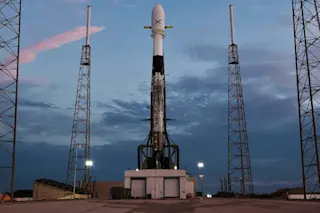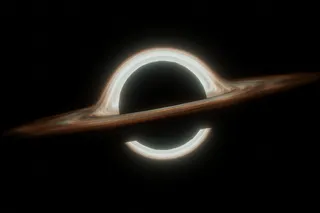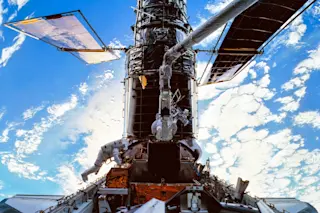Tonight, SpaceX will launch the first flock of their Starlink satellites to space. These are the vanguard of what CEO Elon Musk hopes will eventually become a network of 12,000 orbiting devices providing cheap, global internet coverage. The launch window opens at 10:30 p.m. E.T.
The satellites, which are densely packed inside the cargo hold already, will be delivered to space on a Falcon 9 rocket. The weather forecast for Cape Canaveral, SpaceX’s standard launch site, looks promising for tonight, though a backup launch window waits on Thursday night if there are any delays. SpaceX will livestream the launch (see below).
Musk is not alone in his dreams of a global satellite internet. Multiple other companies have filed plans with the FCC or started their own satellite deployment. Among the competitors is Amazon, owned by Jeff Bezos, who likewise owns SpaceX’s spaceflight competitor Blue Origin.
At the moment, satellite internet ...














